Introduction
In the digital age, workspaces are often cluttered with cables, creating not only an eyesore but also potential safety hazards. This article explores the concept of cable trunking, a popular solution for cable management that not only tidies up your workspace but also enhances safety and functionality. We delve into the different types of cable trunking systems, their benefits, and how to implement them in your workspace. Whether you're a homeowner, a hotel manager, or a hospital administrator, understanding and utilizing cable trunking can revolutionize your workspace, making it safer, cleaner, and more efficient.
Understanding Cable Trunking
Cable trunking is a popular choice for cable management, providing an enclosure to protect cables from damage and keep them tidy. It's typically square or rectangular, with hinges for easy access. Without it, cables would run loosely around walls and floors, creating an eyesore. Cable trunking is used in various environments, including homes, hotels, and hospitals, providing a clean appearance and protecting cables within walls.
Types of Cable Trunking Systems
Cable trunking systems come in various types, each designed for specific applications. Metal trunking, including galvanised steel and aluminium, is robust and ideal for outdoor and heavy-duty applications. Plastic trunking, such as PVC and UPVC, is a cost-effective solution for everyday hazards. It's available in both rigid and flexible lengths. EMC trunking ensures electromagnetic compatibility, minimizing interference and radiation. Each type varies in size, profile, and material, catering to different routing and cable management needs.
Metal Trunking
Steel trunking, a type of metal trunking, is often chosen for its remarkable strength and durability, making it an ideal protective casing for cables and pipes. It's particularly popular in commercial projects due to its robust nature. Steel trunking can withstand high footfall areas and can even be fitted within the floor itself. This robustness also makes it suitable for flush floor trunking systems, encasing cables or pipework beneath the flooring to protect them from damage.
Plastic Trunking
PVC electric cable trunking is a popular and affordable choice for cable management. It's designed for industrial environments and where cable ventilation is a requirement. PVC trunking ensures tidy wiring systems and protects cables from damage. Our PVC cable trunking range includes mini and maxi cable trunking, which are easy to install and refurbish. We also offer self-adhesive electrical trunking wiring systems, which can be secured to surfaces without the need for nails, thereby protecting your property from damage.
Floor Trunking
Floor trunking, also known as floor cord covers, is a crucial part of cable management. These protectors shield your wires from inevitable damage caused by pedestrian and vehicular traffic. They come in various sizes, materials, and densities to suit your needs. Heavy-duty cable protectors are ideal for high-traffic areas, while light capacity wire covers are perfect for less aggressive environments like homes and offices. Drop over cord covers provide quick and simple protection, and carpet cable covers offer a flexible option for cables on fabric surfaces. Investing in proper floor cable management enhances the longevity of your cables and reduces repair or replacement costs.
Benefits of Cable Trunking
Cable trunking systems offer numerous benefits. They enhance safety by preventing tripping hazards and electrical shocks, and protect against potential fire risks. They also improve aesthetics by keeping cables tidy and hidden, contributing to a cleaner and more professional appearance in your workspace. Additionally, cable trunking systems are designed for easy maintenance, with hinged sections that allow technicians to easily access, inspect, and repair cables. Lastly, they optimize space by keeping cables organized and preventing them from tangling or cramming together in tight spaces.
Enhanced Safety
Cable trunking wiring systems significantly enhance safety in your workspace. They prevent hazards such as tripping, electrical shocks, and even the risk of fire from poorly organized wires. Electric wire trunking keeps the wiring safely stored, reducing the number of electric shocks and injuries. Cable electric trunking also protects your property from damage, as cables can create fires. Therefore, using electric cable trunking will protect from heat and fire occurrences. Moreover, outdoor/external cable trunking shields against factors that would negatively impact the cable lifetime, such as various weather conditions.
Improved Aesthetics
Proper cable management, such as the use of cable trunking, significantly improves the aesthetics of your workspace. By using cable trunking systems, you can eliminate cable clutter, resulting in a neat and clean environment. This not only enhances the professional appearance of your workspace but also contributes to a more conducive environment for work. Moreover, cable trunking systems come in various designs and materials, allowing you to choose options that best suit your workspace's aesthetics.
Ease of Maintenance
Cable trays, under normal conditions, are virtually maintenance-free. Periodic inspections can be done during routine maintenance schedules. Visual checks should be made at all points of connection to ensure fixings & fastenings are sound. Any suspect areas should be tightened to the manufacturer’s recommendations. It's also important to check for deposits of foreign objects and debris. Any items considered to be fouling the cableways should be removed. Maintenance functions should be carried out by qualified personnel.
Space Optimization
Modern-day digital devices in an organizational environment ordinarily require multiple cables to function at full capacity. The size of the workspace, the number of connected devices, and the type of work taking place will determine the number of cables used. More data-intensive work requires more cables, making cable management an even more complex process. Adaptive cable management is necessary for any smart building design and for a modern, flexible workspace. It allows organizations to keep up with fast-evolving technology while easily managing the functionality of an ever-changing open floor plan.
Implementing Cable Trunking in Your Workspace
Implementing cable trunking in your workspace involves several steps. First, gather the necessary tools and materials. Next, plan the trunking layout to ensure optimal cable management. Cut the trunking sections according to your plan. Install the trunking, add accessories, and connect the sections. Finally, install cover plates and test the installation to ensure it's secure and functional. This process ensures a neat and safe workspace, free from cluttered cables.
Planning and Design
When planning and designing your workspace, consider the open ceiling concept. This aesthetic not only makes a statement about workplace culture but also simplifies the cabling of large spaces for modern networking and automation needs. Engineers can design cable pathways to blend with, accent, or stand out from other parts of overhead infrastructure. Hand-bendable cable trays can easily navigate around existing elements of ceiling infrastructure without additional tools or accessories, providing a cleaner look.
Installation Process
Installing cable trunking involves several steps. First, gather the necessary tools and materials. Next, plan the trunking layout and cut the trunking sections. Install the trunking, add trunking accessories, and connect the trunking sections. Finally, install cover plates and test the installation to ensure it's properly set up.
Maintenance Tips
Cable trunking systems, like cable trays, require minimal maintenance but periodic inspections are crucial. Visual checks should ensure connections are sound and free of debris. Any suspect areas should be tightened to manufacturer’s recommendations. If trays are damaged, replacement is preferred over repair to maintain system integrity. Avoid abrasive cleaning or harsh chemicals that can damage the surface and protective layer of the trays. Use correct tools for handling and cleaning to prevent corrosion.
Conclusion
Cable trunking systems are a transformative solution for modern workspaces, offering numerous benefits from enhanced safety to improved aesthetics. They come in various types, each designed for specific applications, and can be easily implemented and maintained. By adopting cable trunking, you can optimize space, streamline maintenance, and create a more professional and conducive environment for work. As technology continues to evolve, so too does the need for effective cable management. Cable trunking systems are a crucial part of this evolution, providing a robust and adaptable solution for the ever-changing demands of the digital workspace.



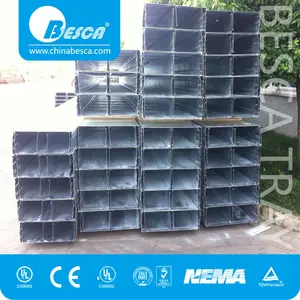

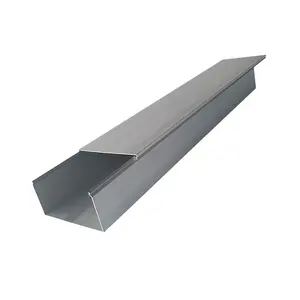






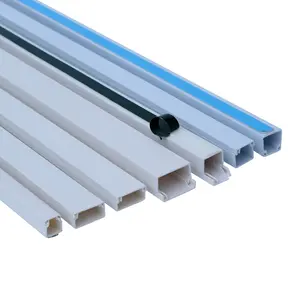





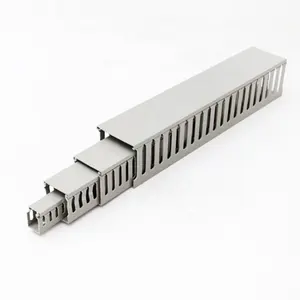
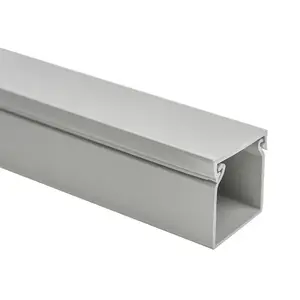


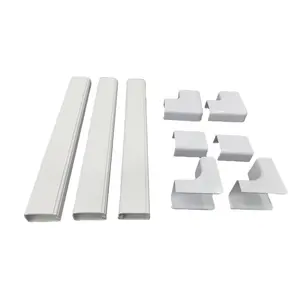
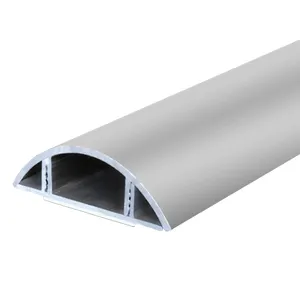
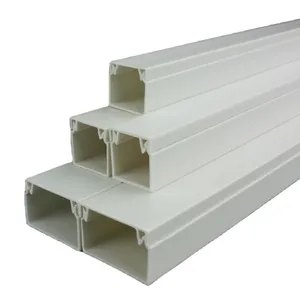
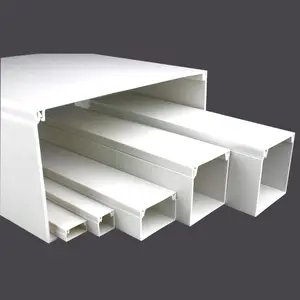
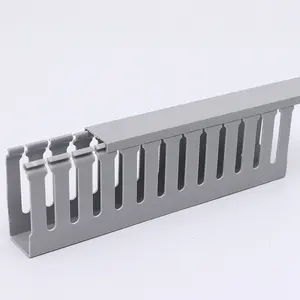



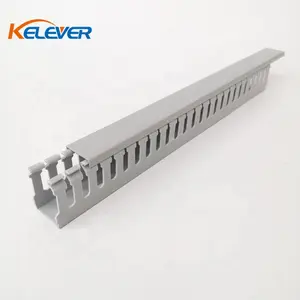

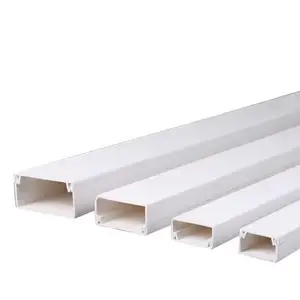


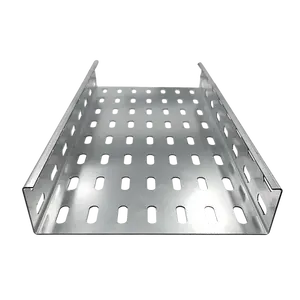






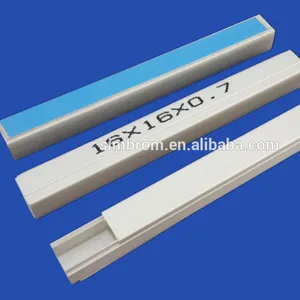
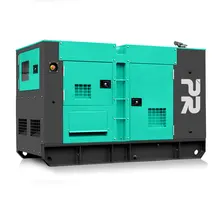



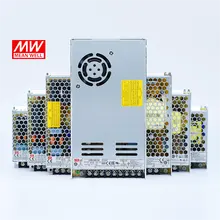
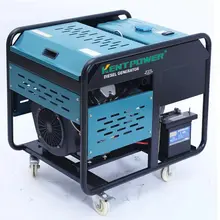























 浙公网安备 33010002000092号
浙公网安备 33010002000092号 浙B2-20120091-4
浙B2-20120091-4